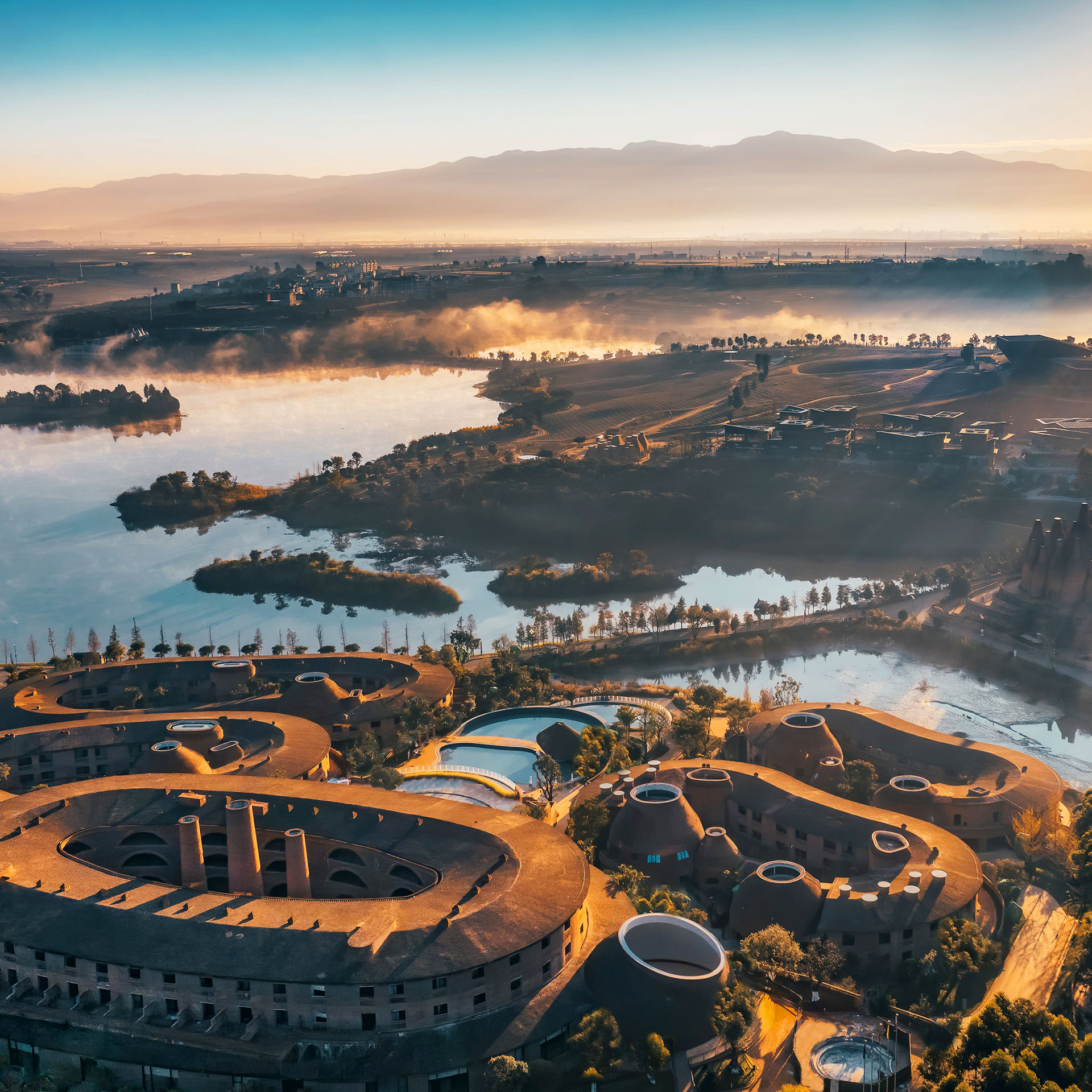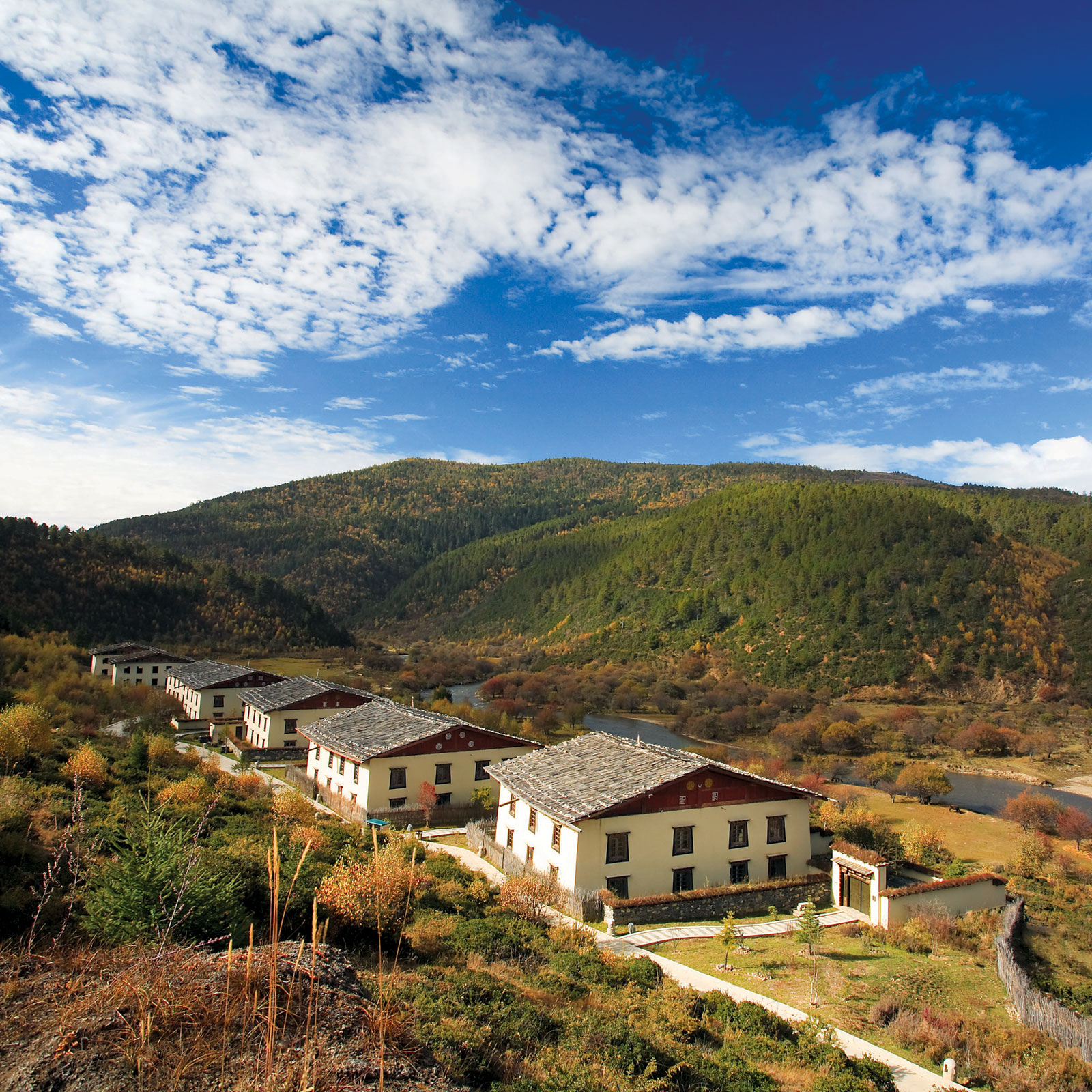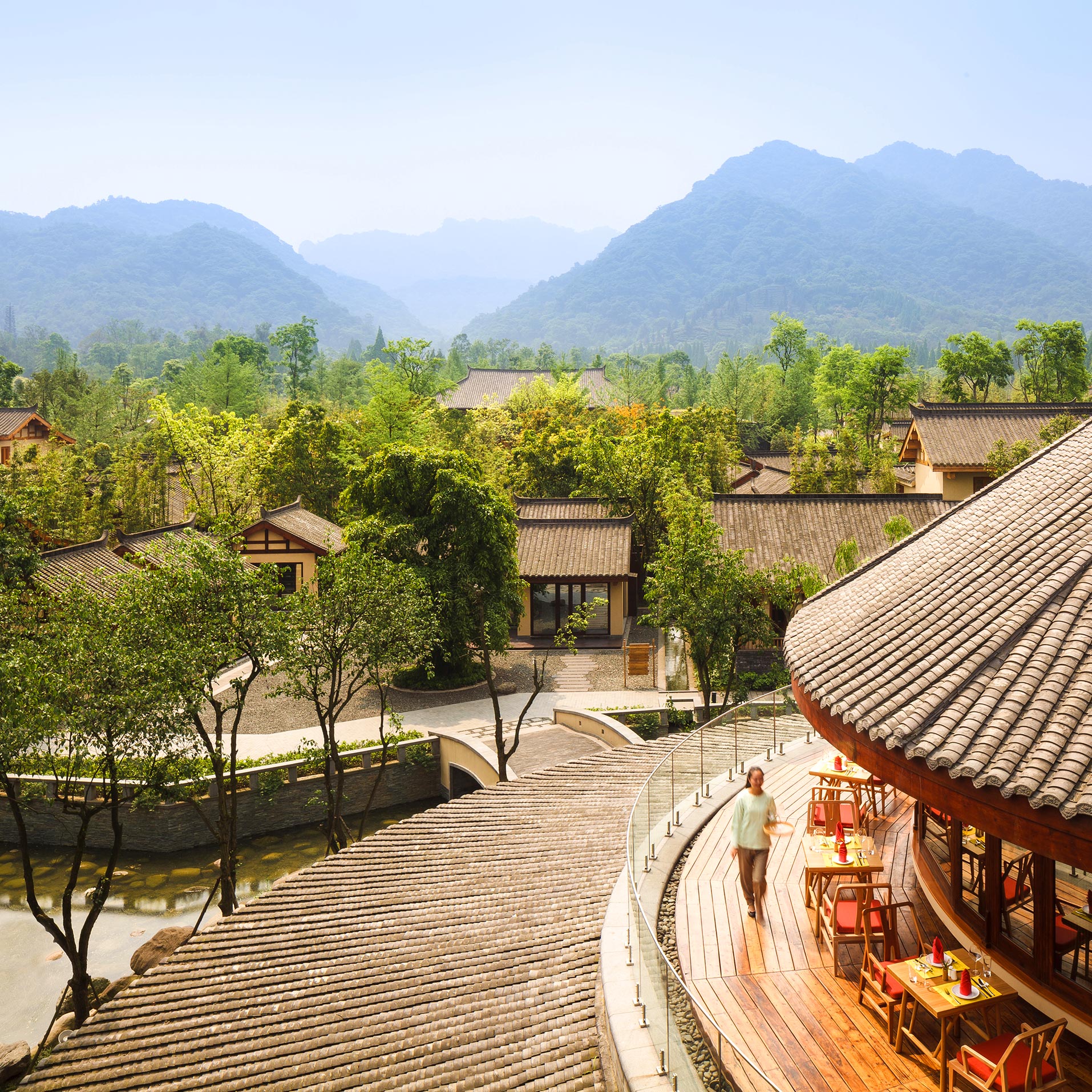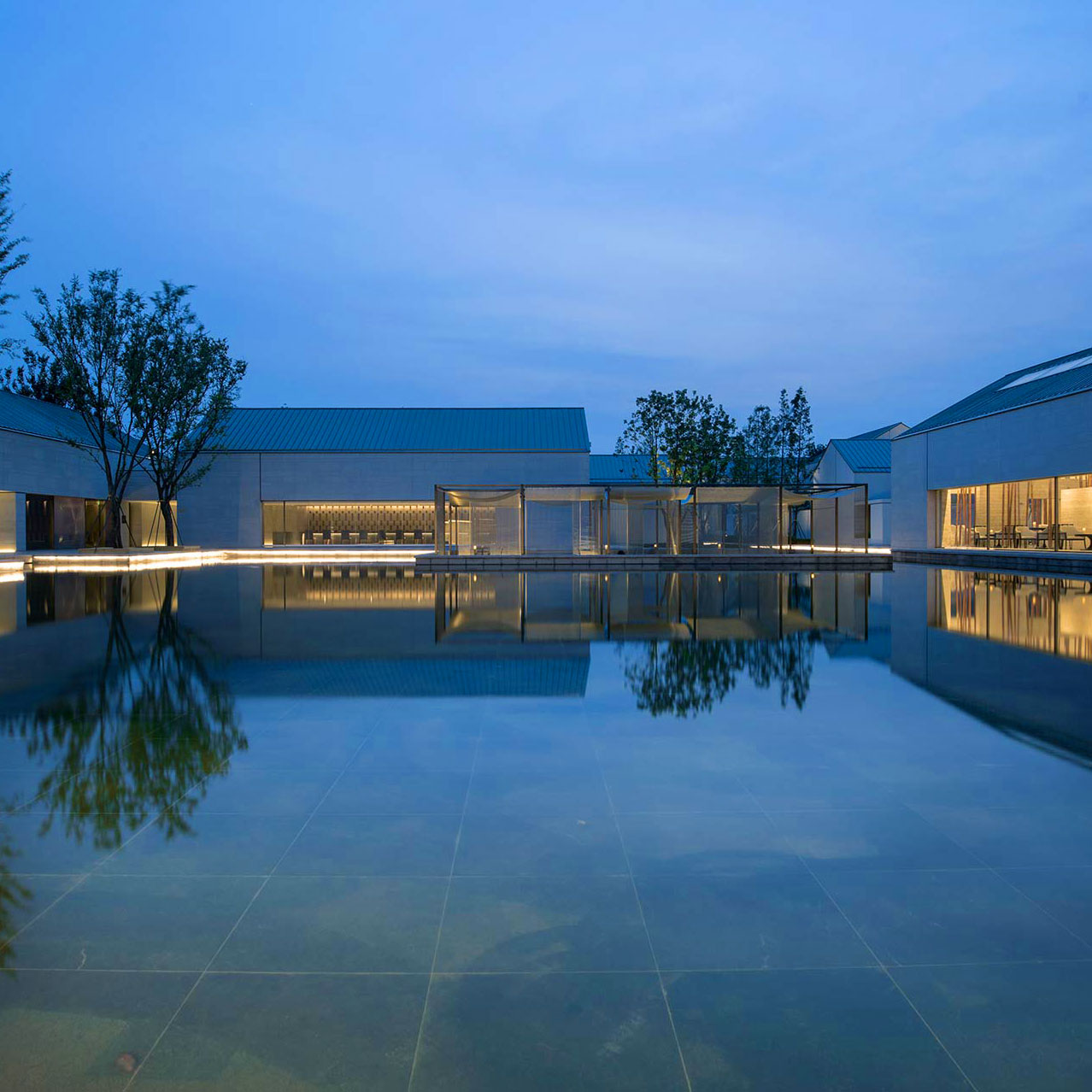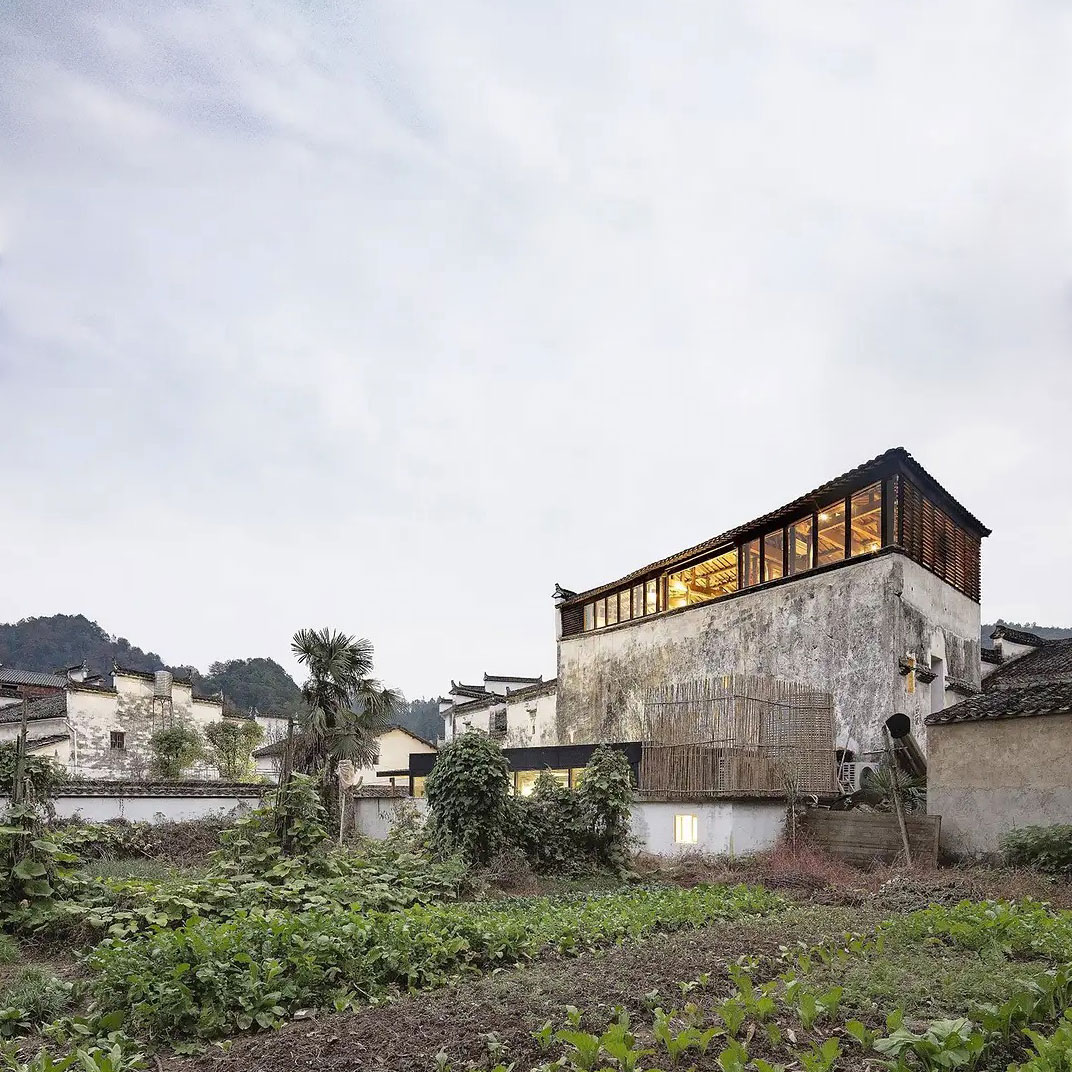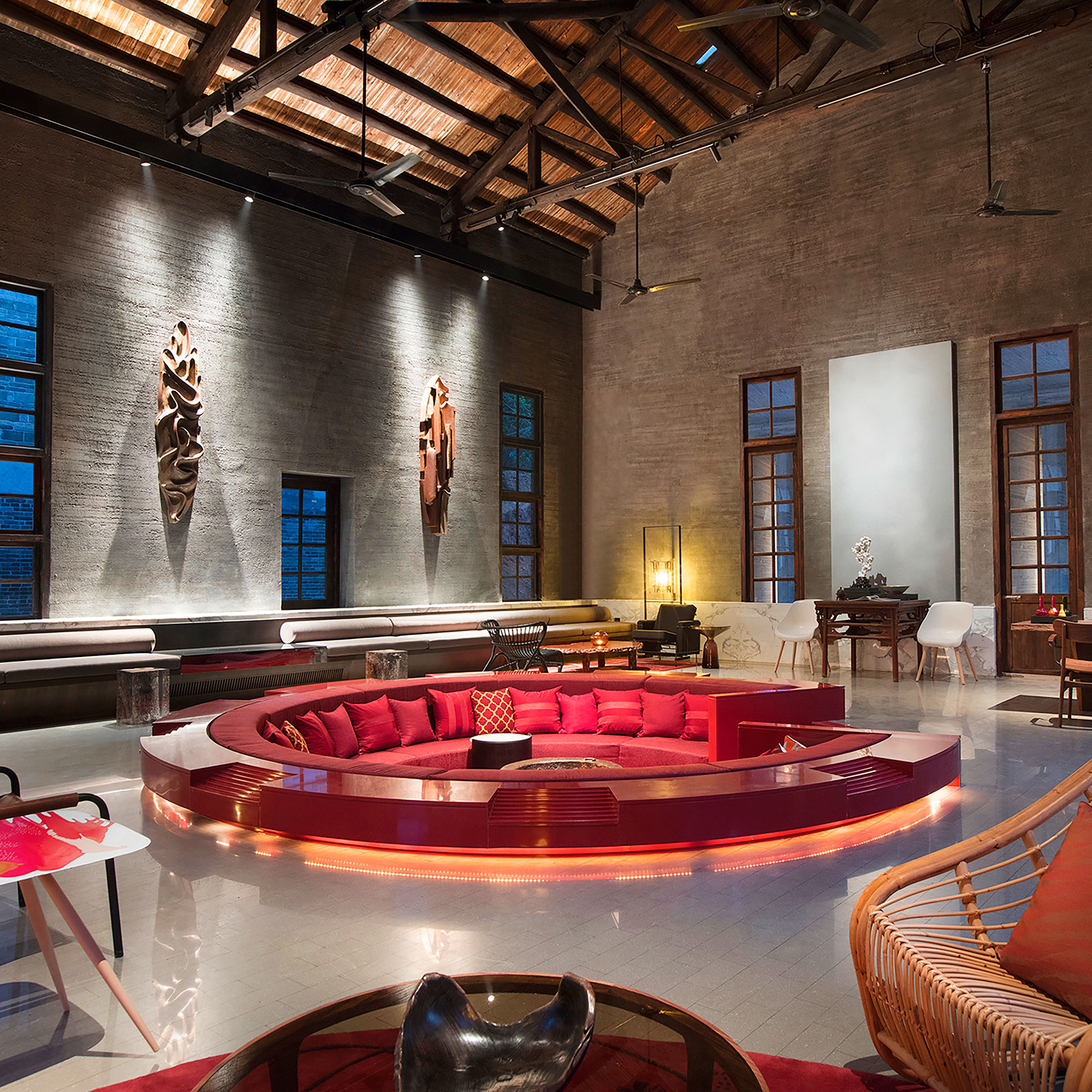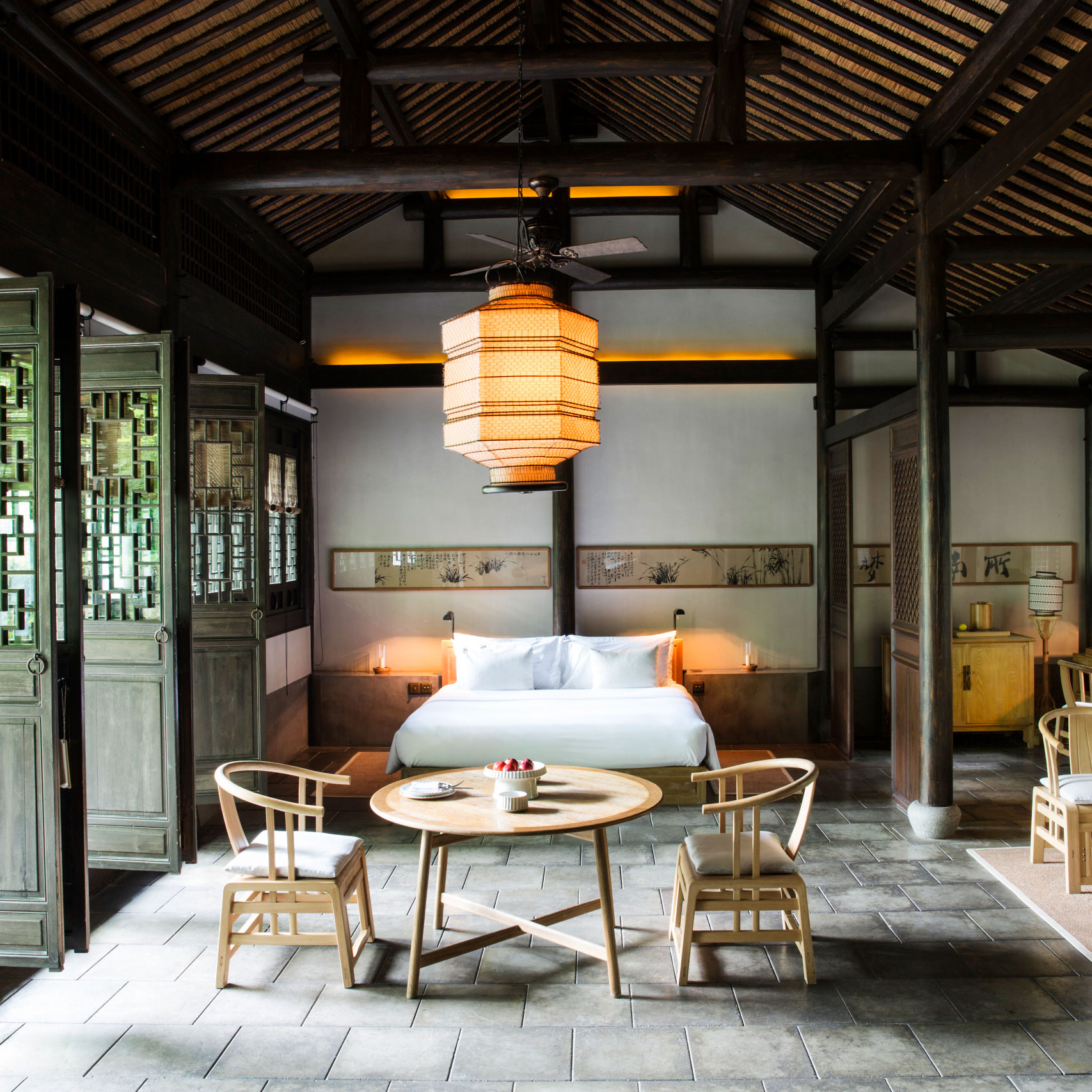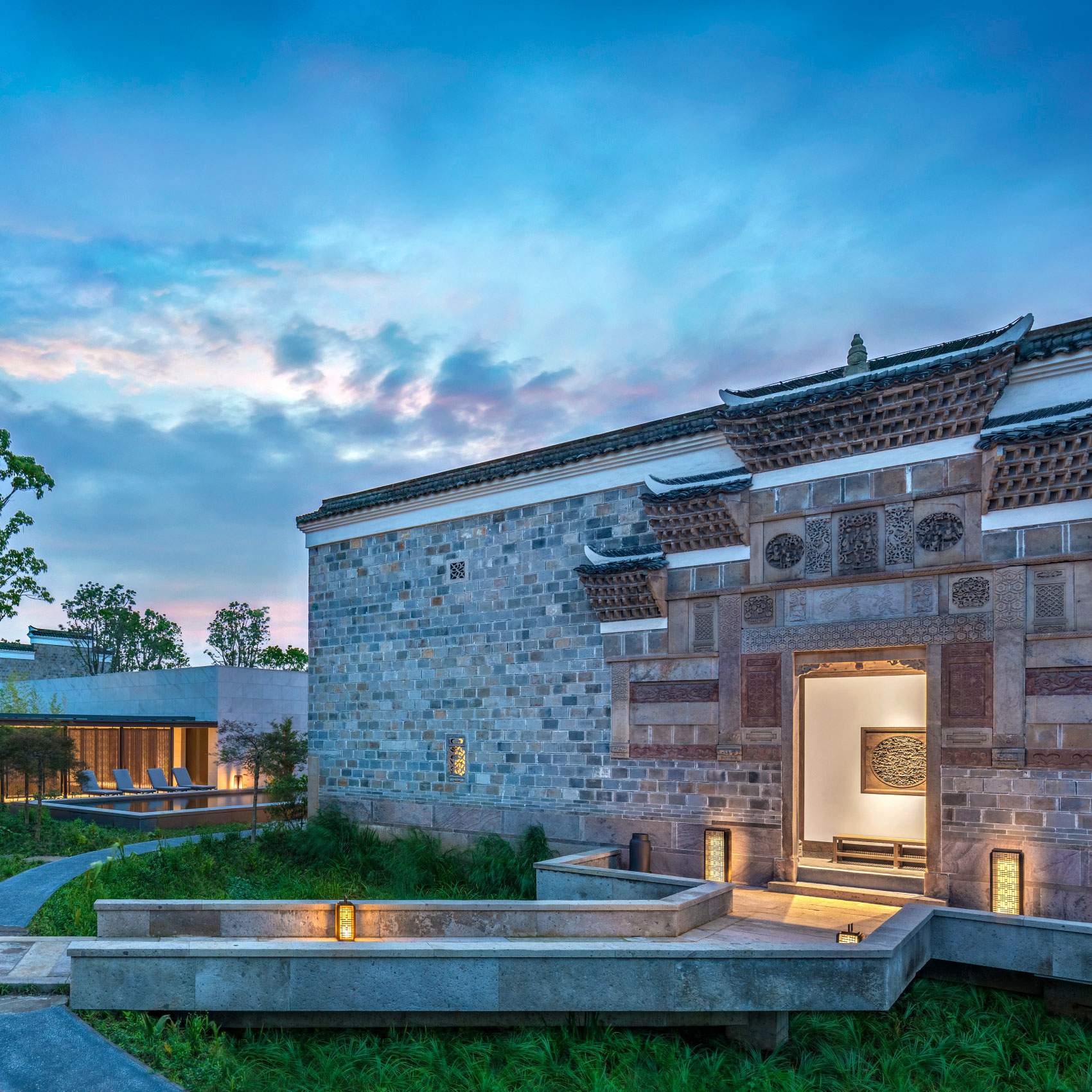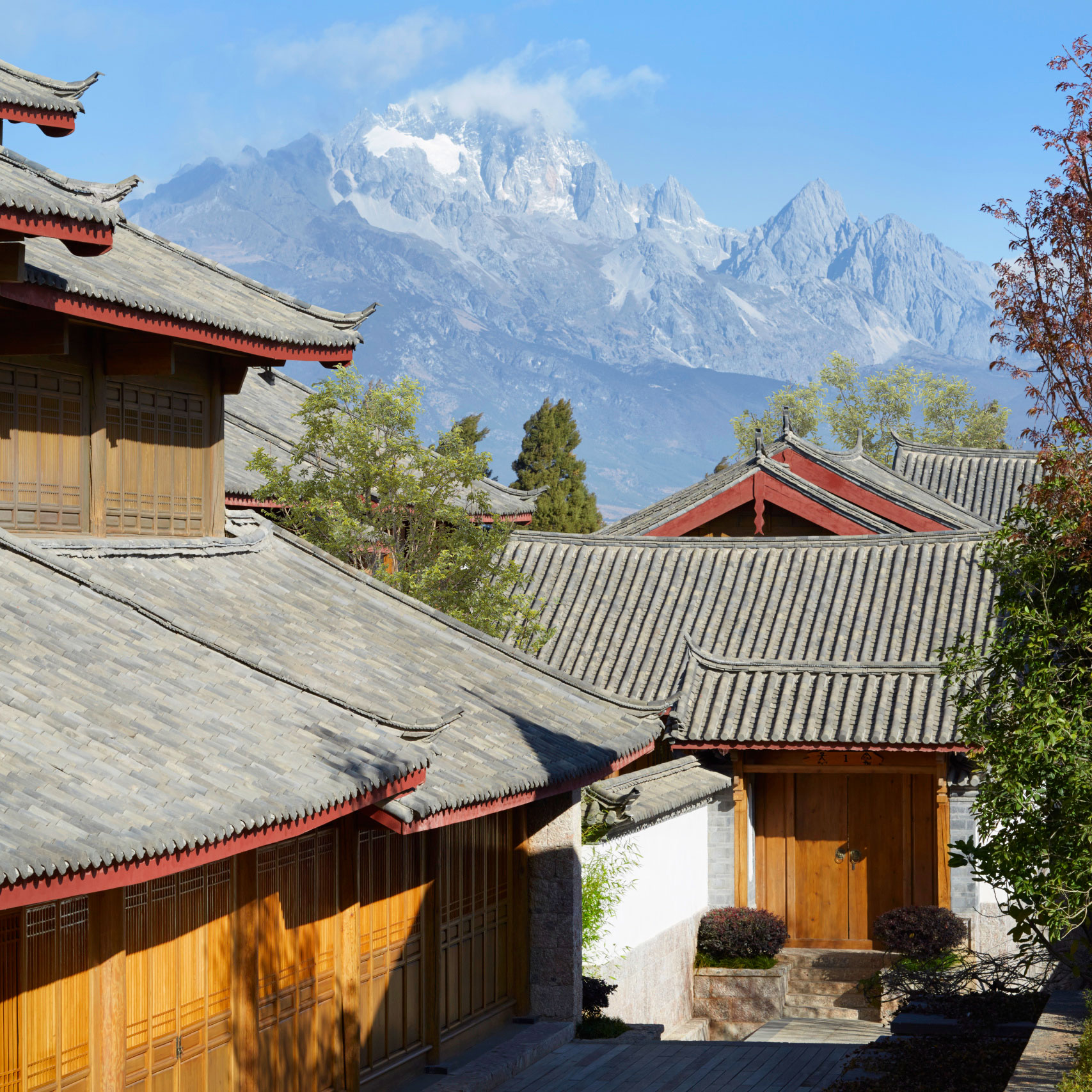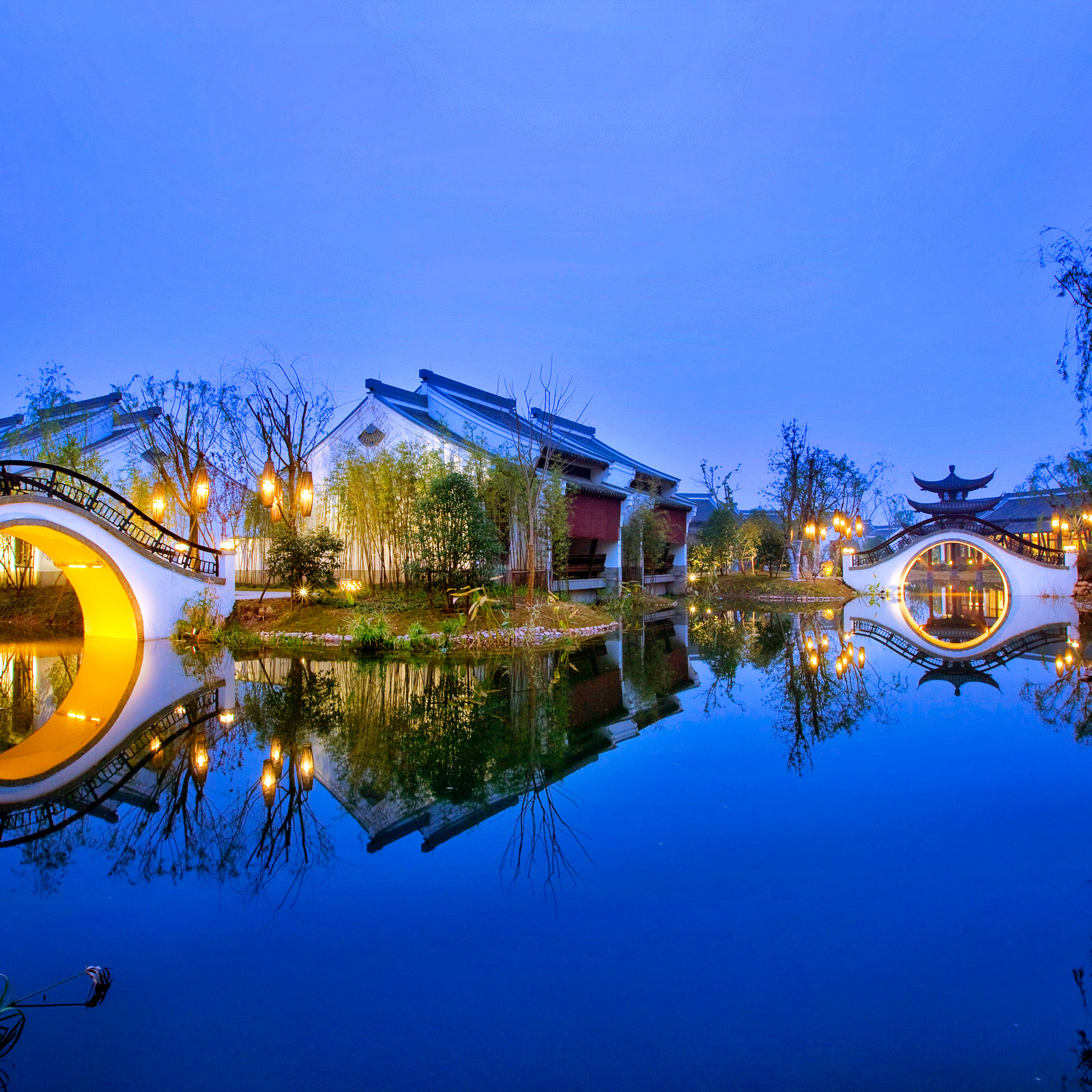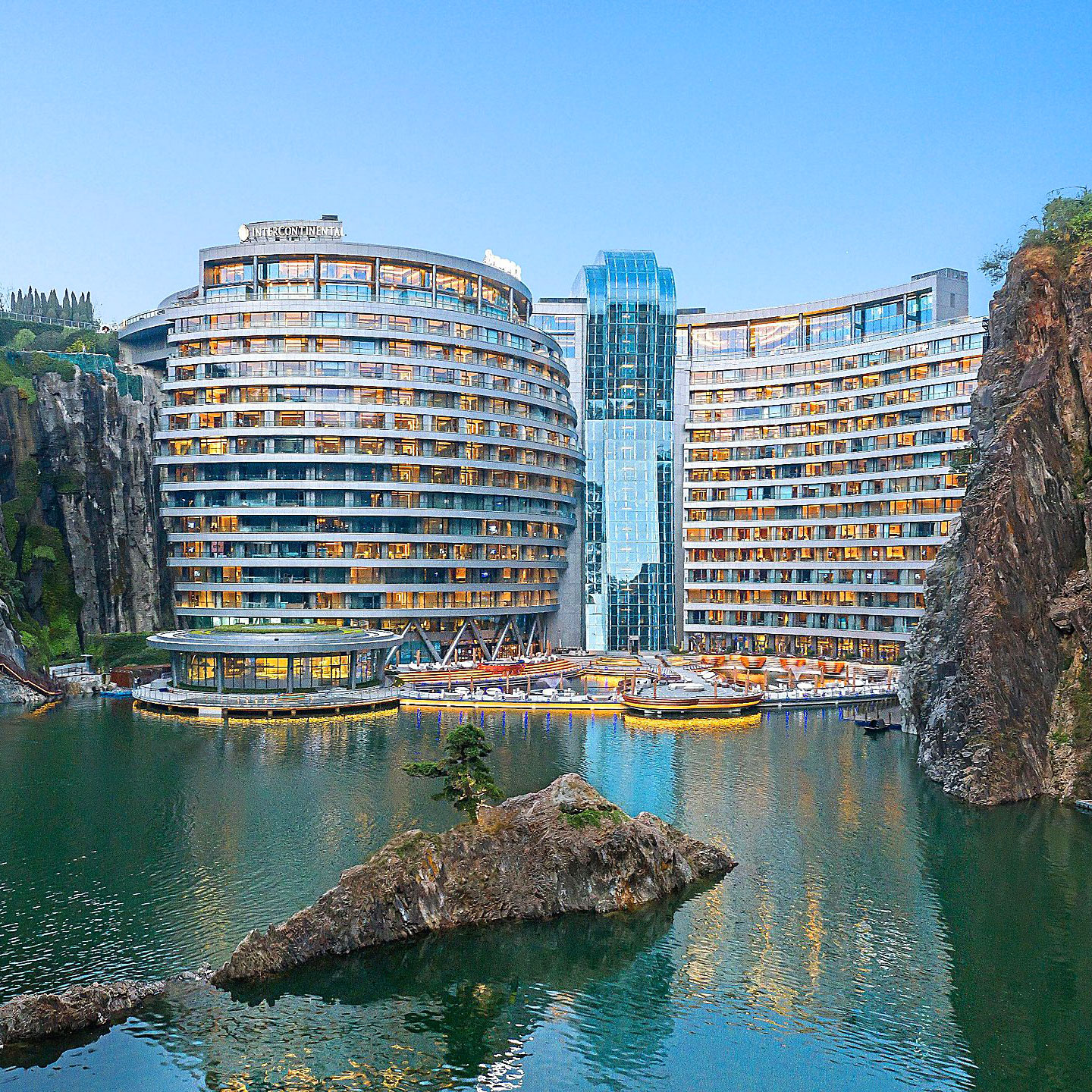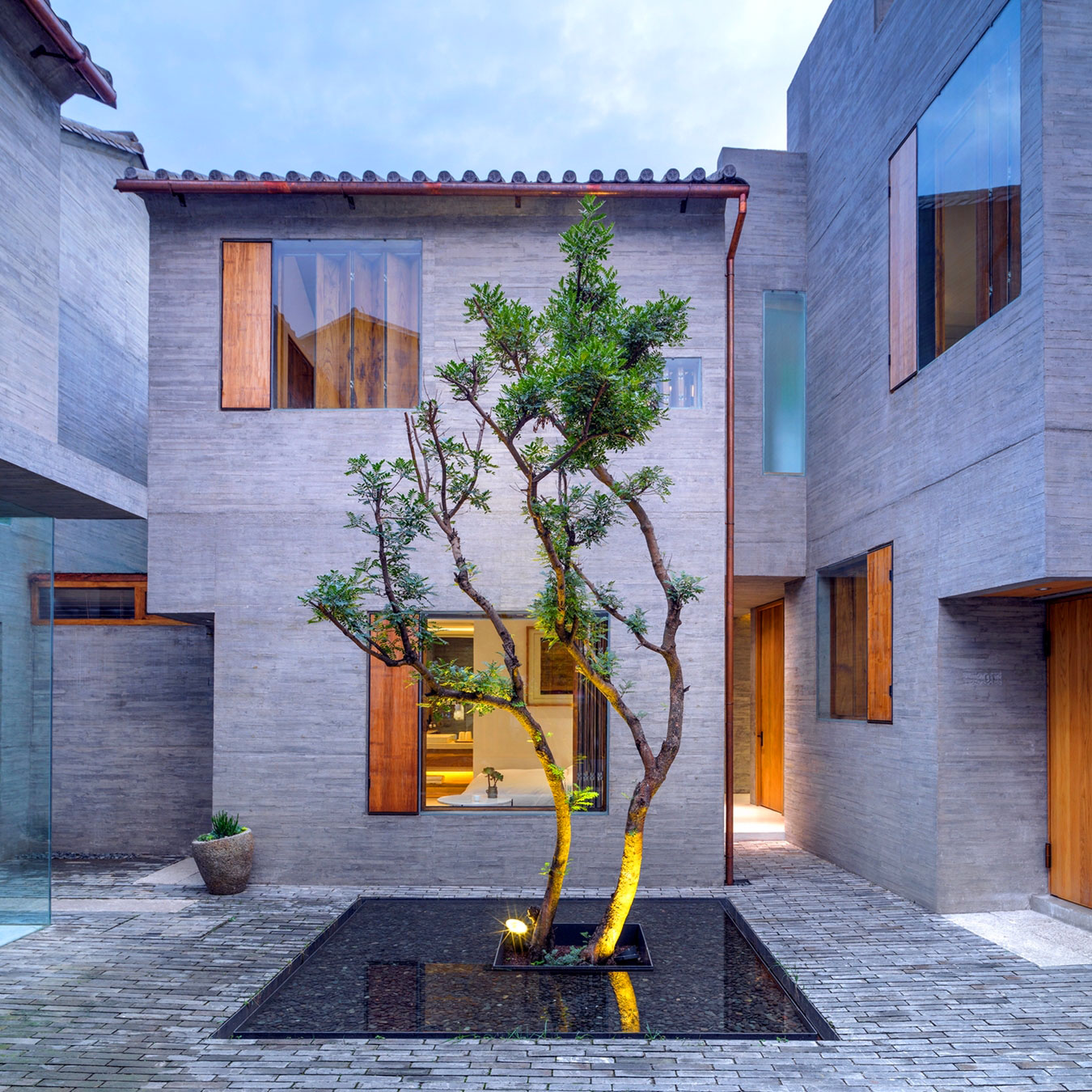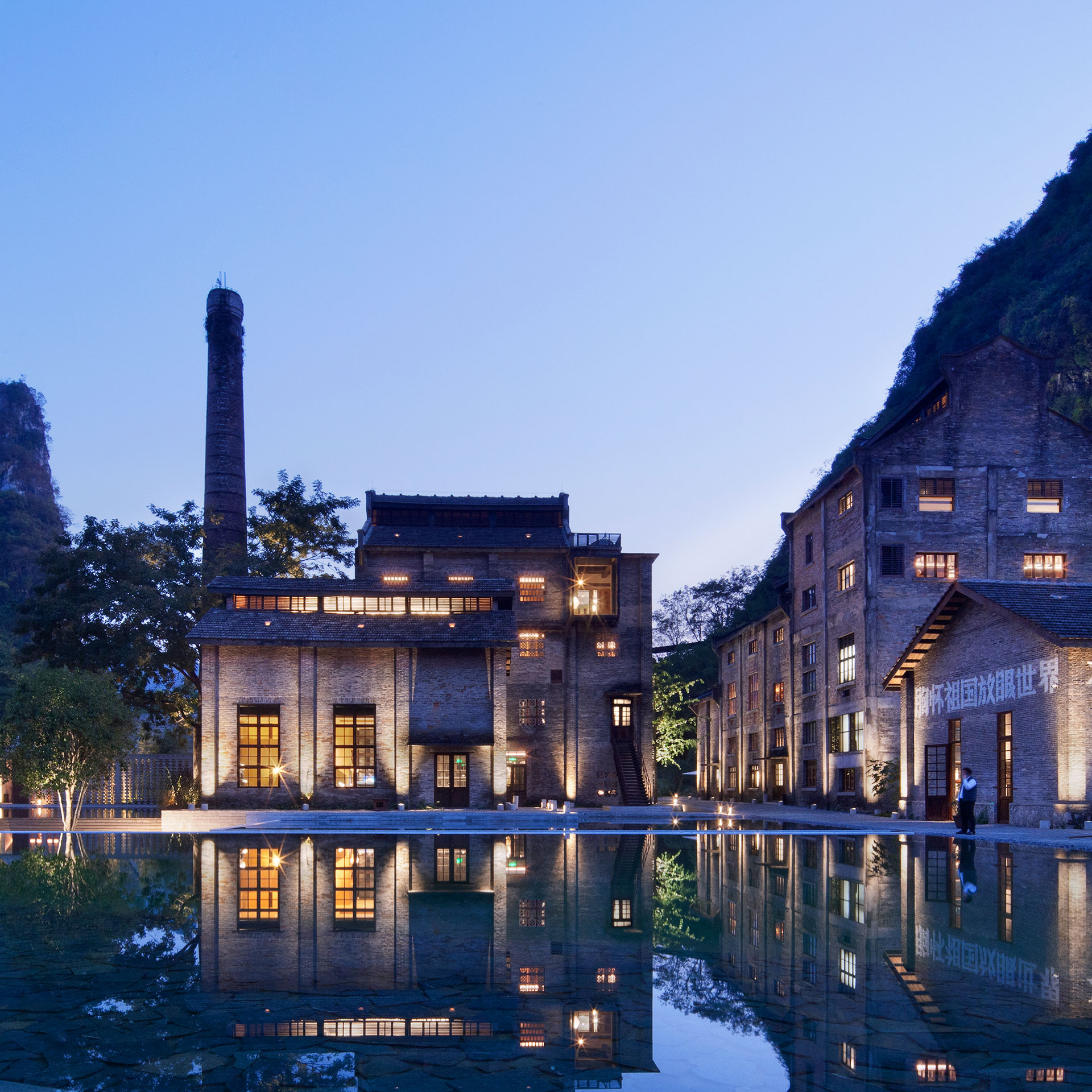
It’s no surprise that China’s top hotels have perfected the art of extravagance. These hotels go a step further, pairing luxury with creative passion and a distinctly local point of view.
As you might expect, China has more than a handful of awe-inspiring hotels. Covid was certainly a speed bump, but prior to the pandemic, the boom in Chinese business (and population) had been quite kind to the country’s hospitality industry, ushering in a corresponding boom in big, beautiful, boastful hotels.
Extravagance isn’t without its risks, of course. When money can’t buy good taste, it spends harder on the bad. And luxury can lead to a formality that might make it easier to provide exceptional service, but tougher to produce an uncommon, unconventional experience. In narrowing down the options for this list, we wanted hotels that excelled at both: the competence and the creativity.
Most importantly, we wanted authentic expressions of emotion — the key to any great piece of architecture. That means no nondescript glass towers, and no places that could exist practically anywhere else. These hotels are Chinese through and through, with insightful designs that communicate a unique perspective on life in this complex country.
DongFengYun Hotel Mi’Le
Mile, China
It takes a truly unusual hotel design to surprise us these days, but DongFengYun Hotel Mi’Le – MGallery is nothing if not unusual. It’s just one part of the larger Dong Feng Yun Art Village mixed-use arts and culture complex, designed by the sculptor Luo Xu in a style that feels ancient and futuristic at the same time — its curving forms lend it an organic quality, and its red brick construction, apparently, contains no steel bars or even nails.
Banyan Tree Ringha
Shangrila, China
Ten thousand feet up in the mountains of China’s southwestern Yunnan province, Banyan Tree Ringha is a bit of a departure for the Singapore-based hotel company. Though the coastal outposts of the franchise share a Balinese style, the Ringha version leaves that behind in favor of a Tibetan lodge style — this corner of Yunnan is largely Tibetan, ethnically and culturally. Despite the ruggedness of the locale, no comfort is spared.
Six Senses Qing Cheng Mountain
Chengdu, China
The Six Senses ethos is all about responsible luxury, so Six Senses Qing Cheng Mountain was built with an eye towards traditional Chinese architecture and landscaping. The resort is set on a piece of land that looks like a watercolor painting, strategically located near two major cultural attractions: the ancient Dujiangyan irrigation system, a UNESCO World Heritage Site, and Mount Qing Cheng, the birthplace of Taoism.
Alila Wuzhen
Tongxiang, China
Set in the so-called “Venice of the East,” Alila Wuzhen makes liberal use of its own waterways and reflecting pools, which organize its ultra-minimal all-white buildings into a village-like layout. The 125 units are lavishly outfitted and unusually crisp and stylish; in typical Alila style they’re serviced by an immersive and extravagant Spa Alila, whose indoor pool is nothing short of spectacular.
Wuyuan Skywells
Wuyuan, China
Long before electric light, builders used narrow courtyards or lightwells to bring daylight into interior spaces; that’s the case with this 300-year-old Huizhou-style mansion, rehabilitated and transformed into a luxury boutique hotel known as Wuyuan Skywells. The impressive restoration contrasts weathered old masonry with as-new traditional woodwork and a generous infusion of modern furniture and interior design.
Yangshuo Sugar House
Guilin, China
Yangshuo Sugar House Hotel is a stunning blend of the historical and the ultra-modern. Here, Beijing-based Vector Architects have transformed a disused sugar mill — which just happens to be set in an extraordinarily dramatic riverside landscape — into an inspired piece of contemporary post-industrial architecture, and expanded it into a fantastically inventive luxury resort.
Amanfayun
Hangzhou, China
Privacy, discretion, understatement, and above all absolute tastefulness in every conceivable detail: this is the stuff an Aman hotel is made of. At their Hangzhou outpost, set amidst the tea fields and bamboo groves on the outskirts of town, those values translate into forty luxurious courtyard dwellings, designed in the distinctive style of traditional Chinese courtyard homes.
Amanyangyun
Shanghai, China
What do you do when you’ve got a parcel of land just outside of Shanghai, and, 700 kilometers away, a collection of historic homes, dating back to the Ming and Qing dynasties, that are about to be subsumed by a dam project? If you’re entrepreneur Ma Dadong, you spare no expense in rescuing the homes, moving them — brick by brick, stone by stone — to the site of your newest luxury resort: Amanyangyun.
Amandayan
Lijiang, China
Amandayan overlooks the impossibly ancient Old Town of Lijiang, a rich lattice of irreplaceable artifacts and architecture with a whimsical penchant for bridges and cobblestone streets. The snow-mantled Jade Dragon Snow Mountain gets highest billing here, in every sense — its lordly presence elevates the views from the hotel’s all-suite accommodations, which also feature flawless interiors done in the time-tested Nakhi tradition.
1 Hotel Haitang Bay
Sanya, China
The same 1 Hotels brand that’s responsible for green luxury-boutique hotels in Manhattan, Brooklyn, and Miami has also set up shop on the island of Hainan, one of China’s favorite leisure destinations. 1 Hotel Haitang Bay looks particularly at home here, its unfinished eco-friendly materials echoing the island landscapes outside. Rooms are luxurious and contemporary in style, and there’s a substantial focus on wellness.
Banyan Tree Hangzhou
Hangzhou, China
This Banyan Tree is set in a vast and misty wetlands preserve just outside of Hangzhou. While the city itself has seen a profusion of upscale development in recent decades, the Banyan Tree evokes an older Hangzhou. Its seventy-two ivory-walled villas form a sort of self-contained village along the canals and ponds of the property, with elaborately carved bridges and quiet courtyards punctuating the spaces in between.
InterContinental Shanghai Wonderland
Songjiang, China
There’s nothing nondescript about this glass tower. Ordinarily we’d say “wonderland” is a stretch, but for InterContinental Shanghai Wonderland it might be an understatement. Built into the rock walls of a flooded quarry, this luxury hotel is unlike any other on earth. The ambition on display, as well as the extraordinary feats of engineering required to create it, make Wonderland possibly the most Chinese hotel on this list.
Sunyata Hotel Meili
Deqin, China
The rugged peaks of China’s inland Yunnan province are the backdrop for the Sunyata Hotel Meili, a luxury boutique hotel built from an existing Tibetan residence in the city of Shangri-La, some 11,000 feet above sea level. It’s something of a patchwork, by design, inspired by the Japanese idea of wabi-sabi, embracing the beauty of imperfection in finishes and surfaces, even as the hotel as a whole exhibits a remarkable unity of function and form.
Sunyata Hotel, Dali
Dali, China
The picturesque and deeply historic old town of Dali is the unlikely setting for Sunyata Hotel, a contemporary tour de force by Zhaoyang Architects, comprising some 14 rooms in an ingeniously laid-out site that seems to conjure an entire village from two houses’ worth of land. Surrounded by residences, it’s an entirely inward-looking experience, with strategically placed windows opening onto carefully designed courtyards.


